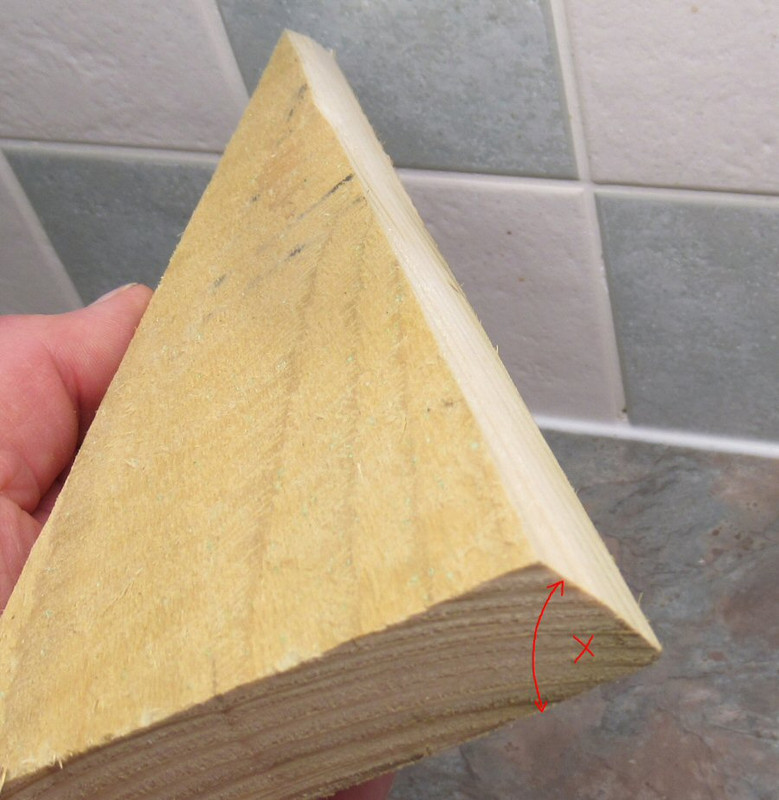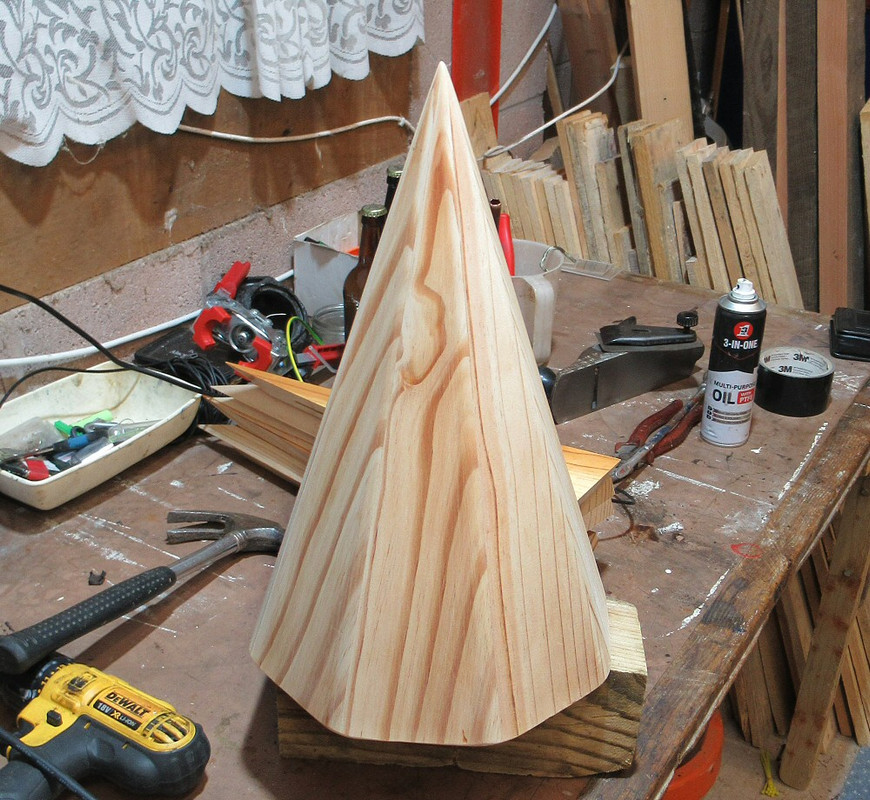Johnwa
Established Member
Afternoon all, I've been asked to make a decorative lantern for christmas decoration (yes, early I know but at the speed I move at these days I need plenty of time !) The lantern body is no problem I've worked that out but then I came to the 4 sided pyramid top and hit a wall! How do I calculate the bevel angles to set my saws at? Maths has never been my strong point and for the life of me I can't figure it out. Can one of our more gifted members explain in language for mathmatical illiterates how these angles are calculated and help an old feller out please?







































